The rise and fall of Cadbury's Fuse
In 1996, Cadbury's released a new chocolate bar: the Fuse. It was an instant success. By two months after launch, it was the top-selling confectionery in the UK.[Ref]
However, just ten years later, the Fuse quietly disappeared from supermarket shelves.
What happened to the Fuse? Why did it peter out?
In this post, I'll look at the history of the Fuse: the rise and fall of what was, for a brief time at least, the UK's favourite chocolate bar.
Development of the Fuse
Development on the Fuse began in 1991.[Ref] Cadbury were looking for a chocolate bar idea that hadn't been done yet, some unique selling point that would stand out from the crowd.
Someone at Cadbury came up with the idea of "fusing" different snacks together – chocolate, raisins, peanuts, cereal and fudge – to make a new snack, a kind of Frankenstein chocolate bar made up of bits and pieces.[Ref]
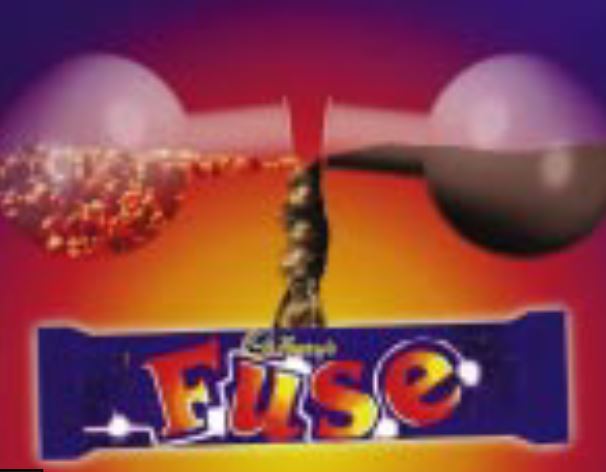
They called it: the "Fuse".
In Cadbury's research, the Fuse scored the highest rating ever for a new Cadbury product - 82% of consumers rated Fuse as "excellent" or "very good" and 83% said they would buy it regularly.[Ref]
This was more than a chocolate bar. This was a stick of dynamite, a detonation for your tastebuds.
The build-up
Cadbury were excited; they thought they had hit a potential goldmine. They began furiously pumping out Fuses from their factories with the same veracity as a teenage boy masturbating over nude photos of Melinda Messenger.
Cadbury even opened a whole new factory to make more Fuses, such was the demand they anticipated.[Ref]
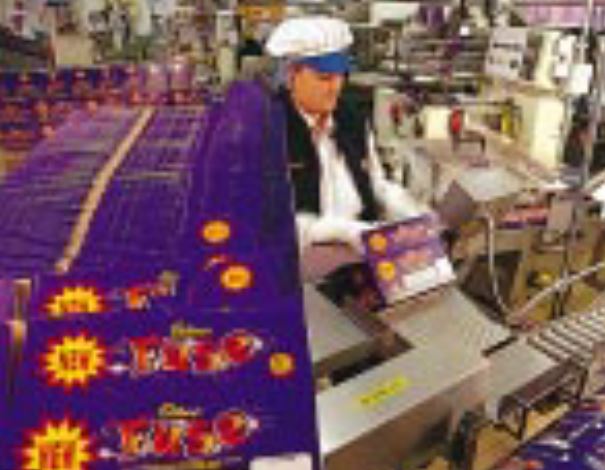
The launch
Cadbury knew they were onto a winner. They decided to go full throttle and launch the Fuse nationwide instead of pissing about by releasing it region by region:
Traditionally, new confectionery products are initially launched in one region of the country, in order to gauge the product's success, before moving on to other regions over a period of time. Time Out and Wispa Gold, for example, were launched in this way. The commitment to the success of Fuse was so great, however, that it was Cadbury's first completely national launch for 20 years.
They treated the launch like a military exercise, carefully controlling information to generate as much hype as possible:
Press releases were tailored to specific audiences. In each case, a strict embargo was imposed to ensure that the impact of Fuseday was not diluted. The only exceptions were briefings with The Grocer, and Marketing (trade publications) and The Daily Telegraph, which reviewed the product in its business pages.
The Fuse had been lit. Now it was time for Cadbury to stand back and watch the explosion. But not a real explosion – an explosion of sales.
The climax: Fuseday
Cadbury released Fuse on the 24th September 1996, a day they dubbed "Fuseday".
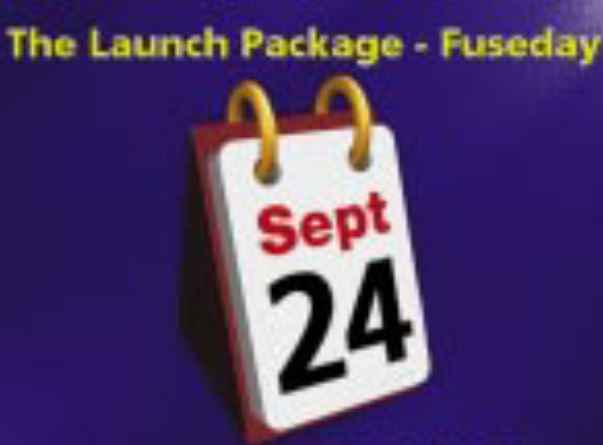
Let it be known for the history books that the 24th September 1996 was no ordinary day. It was Fuseday. Fuse overshadowed all other news that day.
I don't have any photos of Fuseday but this is what I imagine it looked like:

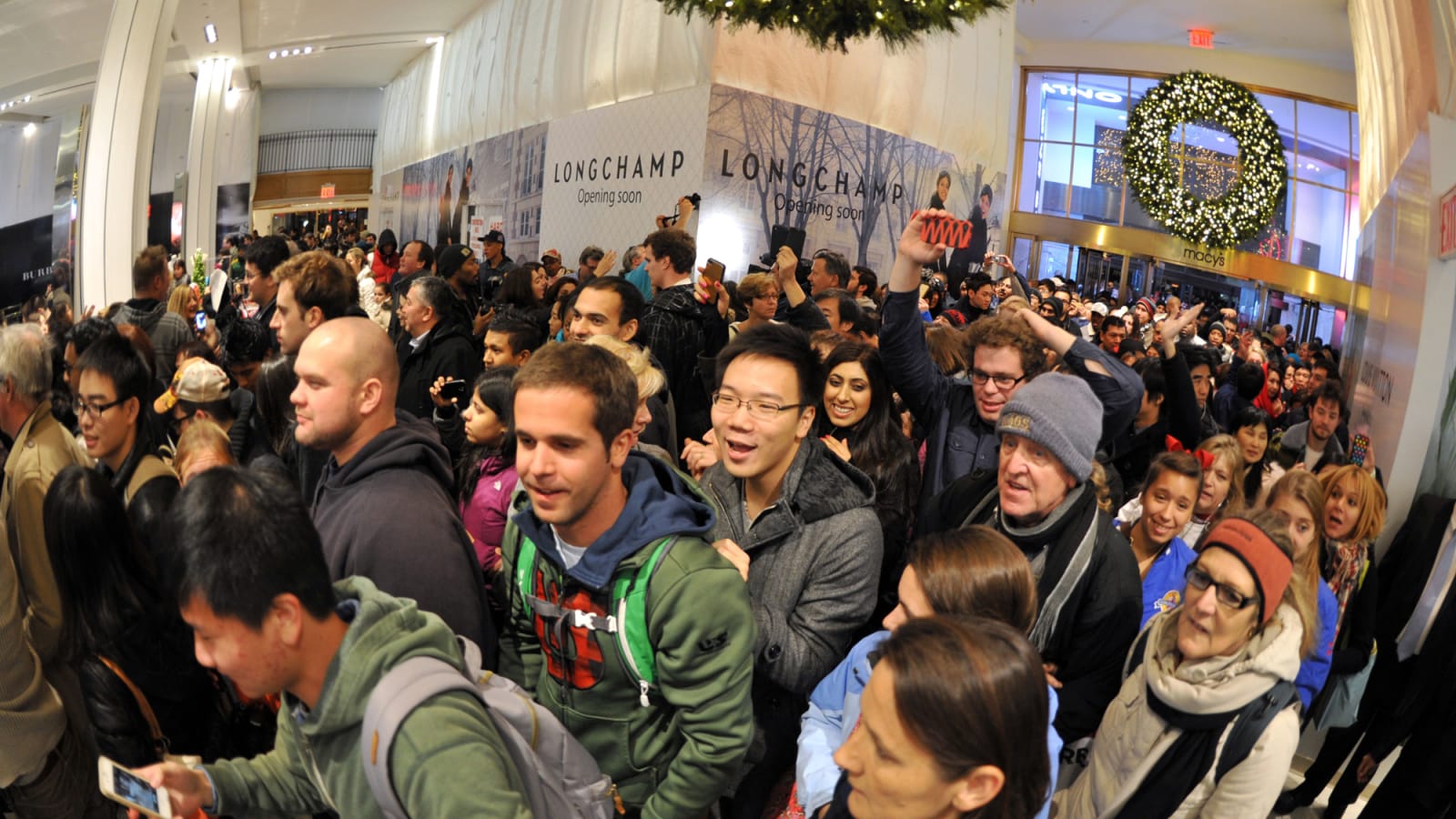
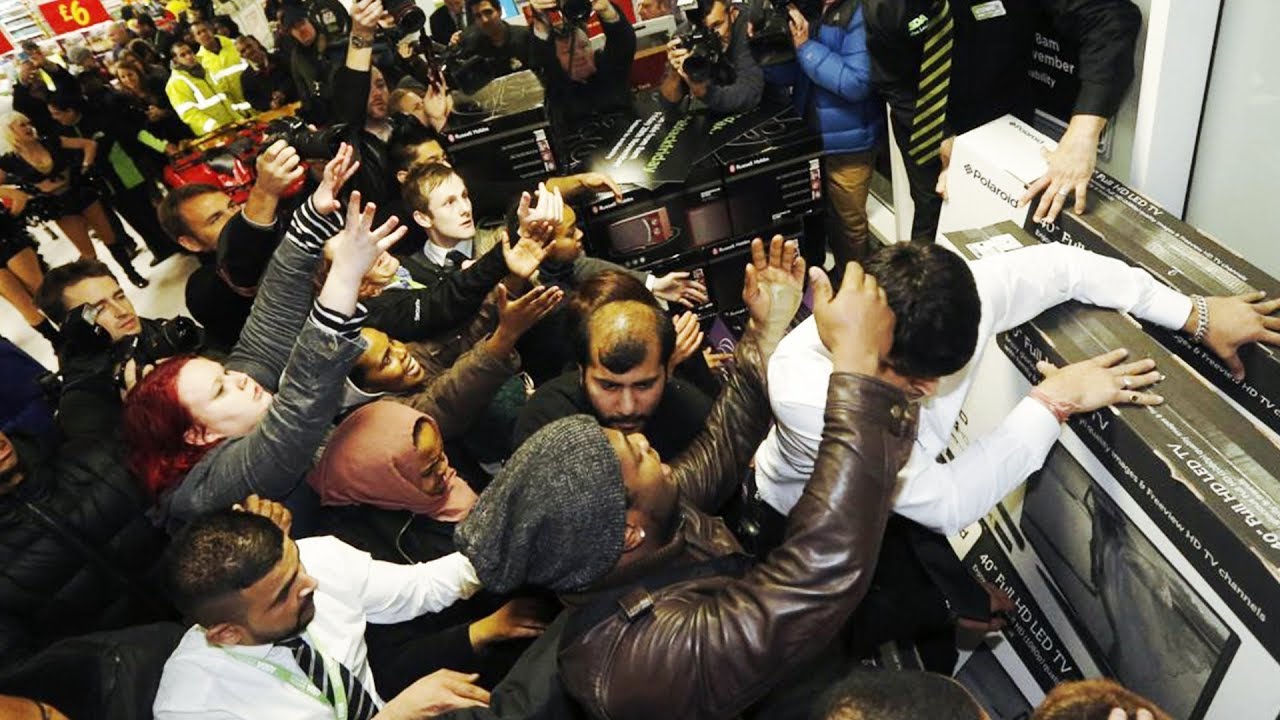
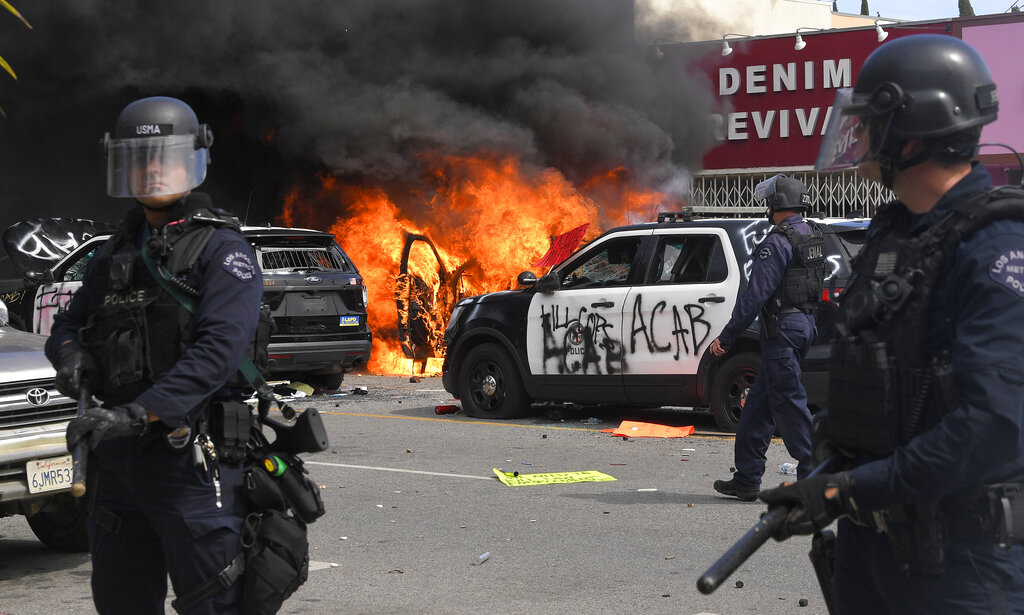
We didn't realise at the time but we were witnessing a massive historical event, akin on scale to the Moon landings and the release of Michael Jackson's Thriller video.
Here are some of the things you could do on 24th September 1996, a.k.a. Fuseday:
- Go about your normal business
- Buy a Fuse
- Buy a second Fuse to put next to your first Fuse
- Eat five Fuses in the space of five minutes and then involuntarily shit yourself on the way home from all the chocolate and fibre
Instant success
The Fuse exploded onto the market with instant success. By two months after launch, the Fuse was the UK's favourite confectionery and 40% of the UK population had tried the Fuse.[Ref] It had blown the other chocolate bars to bits. I imagine chunks of KitKats and bits of Mars bars flying outwards from the epicentre of the blast. The Fuse was number 1.
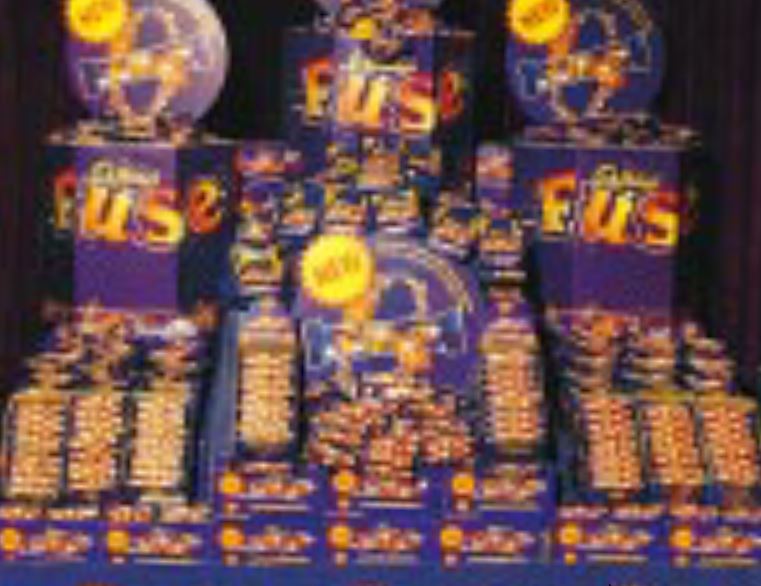
I found this clip of people on the street being asked what they thought about the Fuse. Everyone was positive about it, especially the mentally ill Fuse lady who had started buying one every day.
The clip comes from a preview of a documentary about the Fuse, as shown by the word PREVIEW across the whole screen. That's right, there was a documentary about the Fuse. I bet that no other chocolate bar had its own documentary before. That's how popular the Fuse was.
TV adverts
1996 advert
Of course, the Fuse had its own TV adverts too. This first one I found though is so boring that I have nothing to say about it.
Here it is if you want to watch it.
1997 advert
The second advert is more interesting. It's about some soldiers undergoing a Fuse-themed training exercise.
My favourite part is when two soldiers bring an ammo crate full of Fuses, which implies that Fuses are actual weapons.
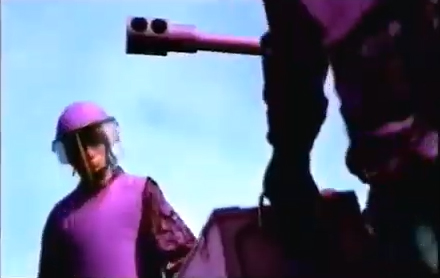
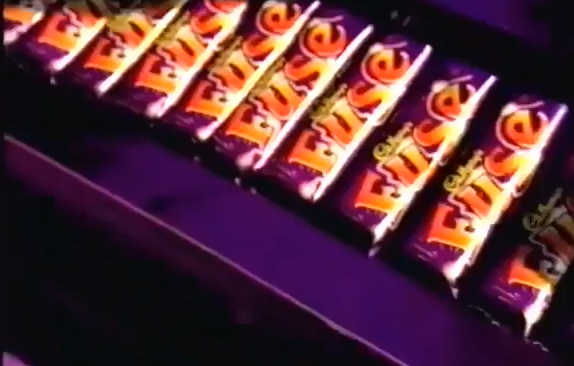
Can you use Fuses as weapons? Maybe if you light them, they explode. I bet no-one's tried that before. I'm taking some Fuses with me to the next riot to try them out.
The Fuse fizzles out
Fuse was actually my favourite chocolate bar. One reason I liked it was that it had nuts and fruit in it, which I thought made it was healthy. Though that's a bit like saying Terry's chocolate oranges are healthy because they're shaped like oranges.
So I was a bit peeved when, in 2006, Cadbury discontinued the Fuse. Britain had been de-Fused.
What does it look like what a chocolate bar dies? It turns out it's the same thing as when the Queen Mother died: no-one cared.
People didn't even realise the Fuse had gone from shelves until months later:
Now call me slow, but I hadn’t even realised it had gone until Chocablog readers mentioned it, and I have to say I’m shocked.
To be fair, if it took him a year to notice that the Fuse had gone, then he probably didn't care about it that much.
Why did Cadbury discontinue the Fuse?
I can't find any reason online for why the Fuse was discontinued. Wikipedia just says, "The brand was discontinued in 2006." That's all it says about Fuse's end. It leaves me feeling... confused.
I can only guess that the hype and the sales had fizzled out.
Though I find it bizarre that a chocolate bar with such high initial hype and popularity could just quietly disappear ten years later. But that's exactly what happened.
I've actually looked through Cadbury's old business reports in hope of gleaning some insight into why Cadbury discontinued the Fuse. I did find this:
The secret of the Fuse recipe is that it uses Cadbury’s chocolate as the main ingredient, fusing together a mixture of favourite snacking ingredients.
Well that's not a much of secret. It's not even a secret, it's well-known information. I thought they were going to say that Fuses are made out of ground-up homeless people or something like that.
Something else I found was that none of the reports after 1998 mention the Fuse. It's as though Cadbury became ashamed of the Fuse and wanted to sweep it under the rug. So I think 1998 was the turning point for the Fuse - the point when the Fuse started to fizzle out.
The Wispa
Only four years earlier, Cadbury had discontinued another popular chocolate bar: the Wispa.

So that's how the Fuse ends: not with a bang, but with a Wispa.
Internet campaign
Unlike the Fuse though, the Wispa came back. An Internet campaign led Cadbury to relaunch the Wispa temporarily in 2007, and Wispa came back to shops in 2008 permanently.
Maybe a similar internet campaign could revive the Fuse, using the goodwill of millions of anonymous users to breathe life into the Fuse once more.
I had a look just now and found a petition at you.38degrees.org.uk. At the time of writing, 192 people have signed it.
I tried to sign it but I got confused and signed a petition to instate Tinky Winky as Prime Minister. Crap. I hope that doesn't happen.
The Fuse lives on - in India
The Fuse lives on, but in an unlikely place: India. Cadbury launched Fuse there in September 2016.
So, for now, the Fuse is still lit. To get one just involves making a short trip to India. Simple.



Comments
2024-02-04 Agnetha
I loved Fuse bars!
Reply
Leave a comment